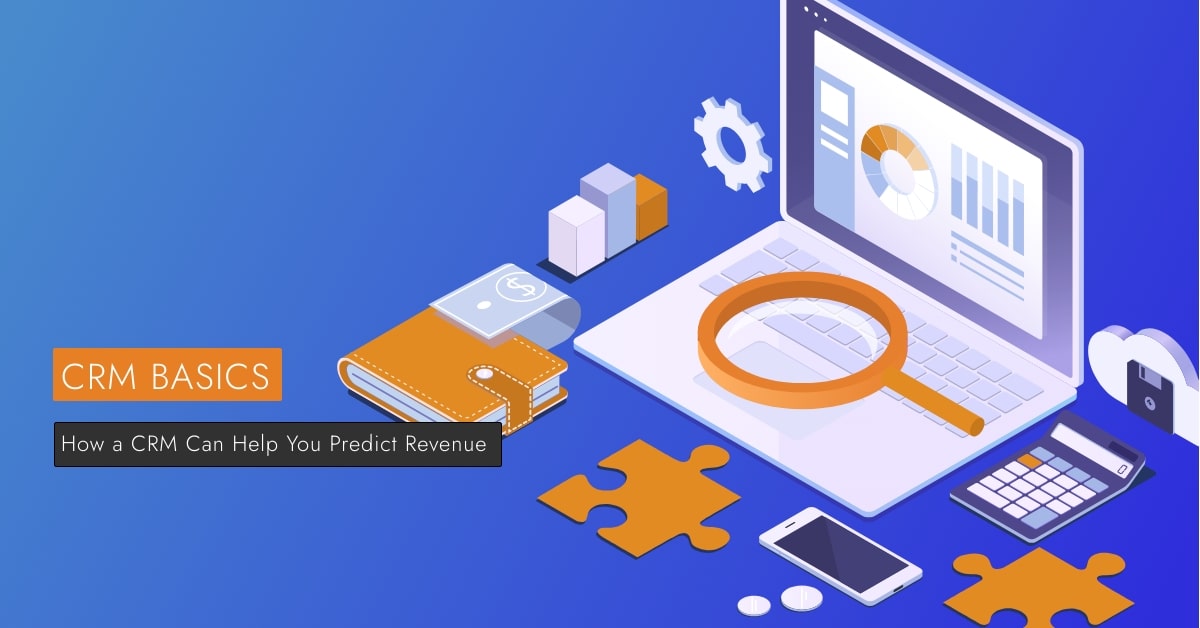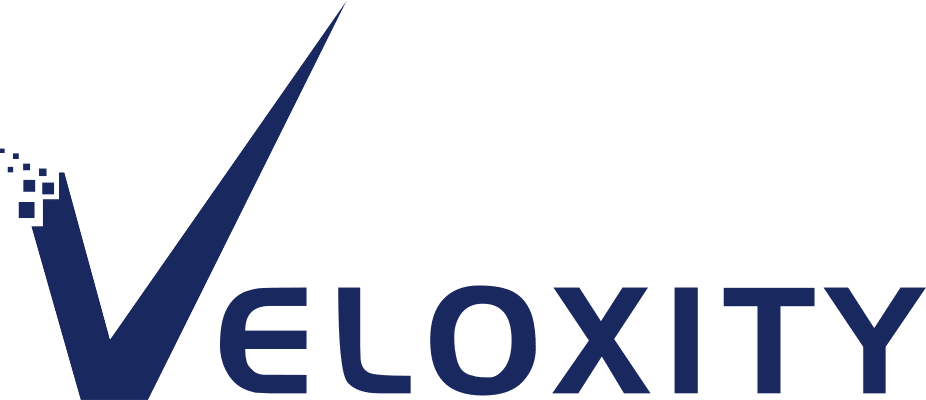How a CRM Can Help You Predict Revenue

There are no guarantees in this world, and this is especially true in business. Market fluctuations, changes in customer demand, and (as we’ve seen with the pandemic) unforeseen global issues can all affect your business revenue, even though your team has done everything in its power to prepare for the future.
That’s why revenue forecasting is so crucial…and why it’s even more important to create accurate forecasts using reliable prediction models and software.
In this post, we’re going to discuss the different types of revenue forecasting techniques and look at the various CRM features that can help your team make accurate sales forecasts.
Keep reading if you want to learn more about predicting revenue for your business.
What Is Revenue Forecasting?
Revenue forecasting is the process of predicting how much revenue your company is going to make over a certain period of time—usually measured over a quarter to a year.
Startups will have less accurate revenue predictions, as they have no historical data or experience to support their projections, simply market research.
Not all sales forecasting is based on data, however. The qualitative sales forecasting technique (also called judgment forecasting), for example, relies on experience and anecdotal evidence to predict future sales. When data isn’t available, experts can provide invaluable insight into future sales.
The more data you have, however, the more accurately you predict revenue to help you make marketing and sales decisions.
What Are the Three Kinds of Sales Forecasting Techniques?
Opportunity Stages Forecasting
Your current CRM may already be forecasting future revenue based on where your prospects are in the pipeline. It can detect trends and patterns and predict how long it will take for a lead to turn into a customer, or when a prospect will request a free demo.
The more data your CRM has, the more accurately it can predict future sales over time. For example, Veloxity CRM uses machine learning to assign a probability value to your customized sales stages.
Test Marketing
Have you come up with a new product that you want to test on the general public? If you need solid feedback from your target customer, you can use the tried and true method of test marketing.
Test marketing allows you to test a product on your audience to determine the market’s level of interest, and therefore, sales revenue within a given time period. Test marketing generally works by dividing your customers up into two groups: the test group and the control group. The test group is given the product to try without any marketing or promotion, while the control group is first exposed to the product through advertising and marketing.
The difference in sales between these two groups is analysed to determine the potential for revenue growth.
Historical Forecasting
This method of sales forecasting predicts future sales based on past numbers. Historical forecasting isn’t without its flaws because it automatically assumes that whatever has happened in the past is most likely to happen in the future.
Historical forecasting is a good starting point, however, it doesn’t take into account seasonality, fluctuating customer demand, or any other variables.
CRM Tools to Help Predict Revenue
The benefit of using CRM software for your business is that you have access to helpful forecast revenue tools to help you predict sales for the next quarter or the next year. Not only can CRMs help you determine the likelihood of a sale, but it’s also loaded with other helpful features to help you stay on top of your sales and maintain customer satisfaction.
Here are some tools to help with your sales forecasting:
Visual Sales Pipeline
When opportunities are added to the CRM, your sales team can see where they land in your pipeline. The CRM’s powerful AI learns from your data input and will provide more accurate predictions over time.
Forecast Automation
Use your CRM to set quotas by region or by sales representatives, and compare quotas against real sales and forecasts.
Analytics and Charting
Veloxity’s complex analytics and charting goes well beyond simple pie charts. You can use one of the prebuilt charts or customize your own report using various visual charts that will help you see trends in your sales pipeline and predict future revenue.
Summary: Use CRM Software for the Most Predictable Revenue Forecasting
Before there was CRM software, business decision-makers used complicated Excel spreadsheets or relied on data scientists to compile complicated predictions using pen, paper, and calculators. These days, we can rely on predictive analytics and complex machine learning applications to predict revenue with much better accuracy.
To learn more about Veloxity’s advanced features, try a free demo!
